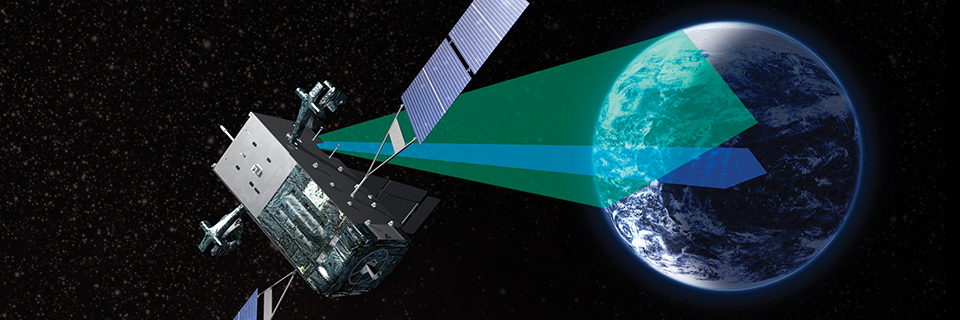
The GEO Starer Processor (GSP) Team has provided complex real-time processing of Overhead Persistent Infrared data from SBIRS (space-based infrared system) Geo1 and Geo2 staring sensors, providing this capability in just over three years. The team leveraged decades of experience in sensor data processing, LDRD, and other R&D activities to achieve this unprecedented capability under an accelerated schedule at the request of senior government leaders. GSP became operational in November 2015, providing enhanced situational awareness to our combat commanders, protecting our warfighters, and enhancing the nation’s security. DSA, NSSI
Eyes in the sky
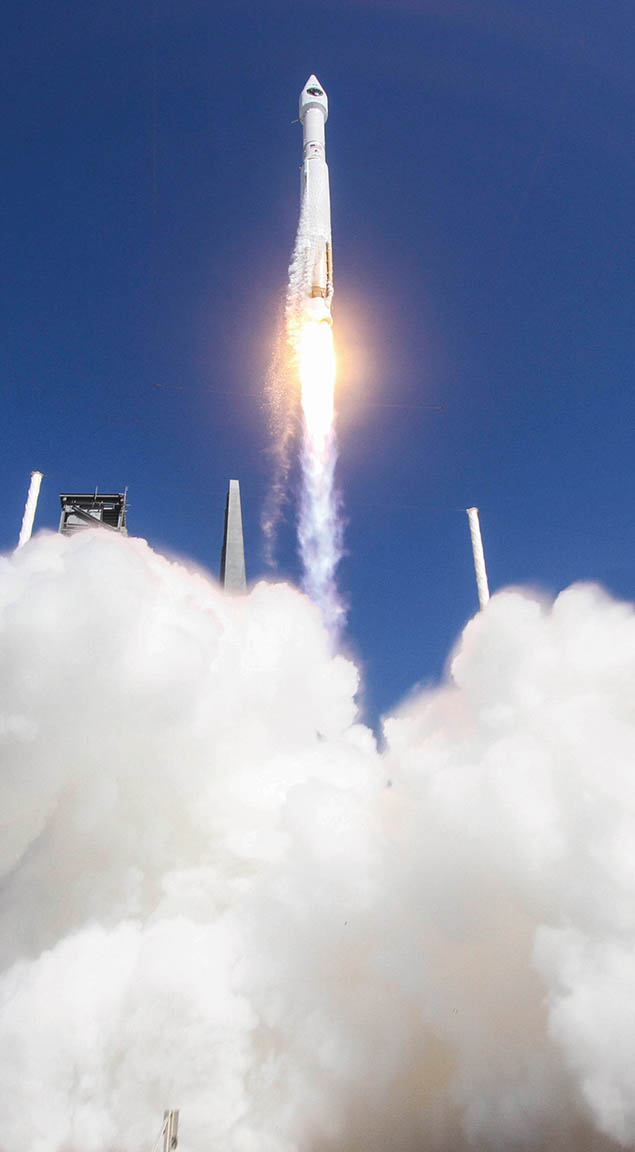
Caption: Launch of GPS IIF-11 aboard a United Launch Alliance’s Atlas V rocket on Oct. 31, 2015.
The United States Nuclear Detonation Detection System (USNDS) monitors the globe from space for nuclear detonations. This year, the Sandia/LANL/Boeing team launched three payloads to orbit. The US now has 11 Sandia-designed Enhanced Optical Burst Detectors on orbit. The flight segment also passed its second AS9100C surveillance audit, receiving the highest possible scores. The USNDS ground segment achieved a significant milestone when its latest generation of the Integrated Correlation and Display System (ICADS) was accepted by Air Force Space Command and certified for use by US Strategic Command. (5700, 5500, 5300, 2600, 10600) DSA, GNAS
Jim Chow (5349), Kristina Czuchlewski (5346), and Steve Castillo (5346) were selected for the Intelligence Integration National Intelligence Professional Award (NIPA). The office of the Deputy Director of National Intelligence for Intelligence Integration (DDII) depends on support from analysts and other contributors across the IC to meet its responsibilities to produce community-coordinated strategic analysis. All three individuals are key contributors on the PANTHER Grand Challenge LDRD and have worked tirelessly with the IC to build Sandia’s reputation as an activity analytics innovation cell.
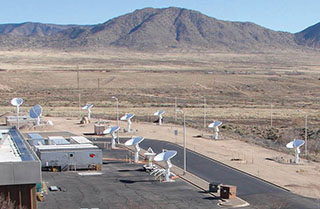
Tech Area 4 antenna control systems.
The mechanical overhaul and major upgrade of the Tech Area 4 antenna control systems were completed in May 2015. This multi-year effort included significant enhancements to the tracking and control architecture providing decades of additional service and platforms where Sandia may launch R&D investigations in data exploitation, cyber security, and cyber vulnerability. This upgrade enables our ongoing effort to develop reconfigurable systems, capabilities that involve wider telemetry band recovery, improved digitization hardware, decryption processes, algorithm & data processing development, and secure data dissemination to users. DSA, NSSI
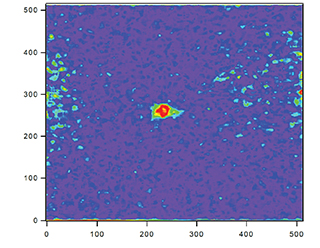
The Atom Trap Trace Analysis (ATTA) team successfully demonstrated the trapping of atoms in a vapor magneto-optic atom trap (MOT). This research, funded by the NNSA Office of Proliferation Detection, aims to use ATTA to explore a quantum sensing technique for high-sensitivity, high-precision detection. (8100) IHNS, GNAS
Partnering with HH Seismic LLC, the University of Nevada Desert Research Institute, and NSTec, Sandia led a first-ever seismic survey of Yucca Flat at the Nevada National Security Site (NNSS). Utilizing a highly-specialized Seismic Hammer (dubbed “Thor”), the team “hammered” its way across 31 kilometers of the test site. These first-in-the world tests used more than 400 seismometers and infrasound sensors to capture precise information of Thor’s emanations. The seismic and infrasound experimental results will be used to improve modeling in support of worldwide underground nuclear test monitoring. (5700, 6900, 1600, 5400, 6500,10600) DSA, IHNS, GNAS
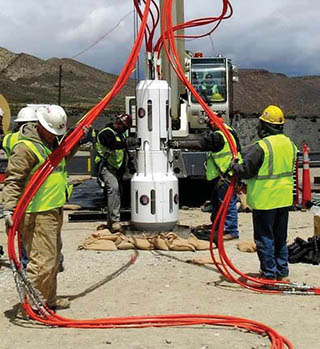
Workers at the Nevada National Security Site position equipment to conduct the SPE experiments
Using only 196 pounds of TNT in a contained environment 286 feet below ground, a multi-lab team successfully conducted Source Physics Experiment #4 (SPE-4) at the Nevada National Security Site. Conducting one of 18 planned experiments, the SPE-4 team gathered high-resolution accelerometer, infrasound, seismic, electromagnetic, ground-based LIDAR (light detection and ranging), digital photogrammetry, and satellite-based Synthetic Aperture Radar data of this modest shot. These data will be incorporated with similar data from previous shots to strengthen models and systems used to detect low-yield underground nuclear explosions. SPE-5, scheduled for FY16, will include 5 tons of explosives. (5700, 6900, 0400, 1500, 1600, 5400, 5900, 6200, 10600) DSA, IHNS, GNAS